Latin name: (Cyclamen)
Category: herbaceous tuberous plants
Origin: island of Cyprus
Cyclamen is the magnificent king of house flowers
Cyclamen (Cyclamen) - a genus of more than twenty different species of bright and elegant, profusely flowering tuberous perennials, in the Primrose family.
Cyclamen description: a herbaceous plant that has a large root in the form of a thick, flattened, rounded tuber with buds on its surface, from which dark green leaves grow on thirty-centimeter petioles and pedicels. Leaves are decorative, like hearts. Butterfly flowers are especially beautiful in cyclamen: red, burgundy, pink, raspberry, purple, white.
Cyclamen is an ephemeroid plant. And this is its big plus. After all, with its flowering, it adorns window sills in the cold season, with severe frosts and drooping colors of nature, against which depression and mood deterioration occur in people. This further increases the popularity of the beautiful handsome man, who blooms with six to ten bright flowers with a delicate and delicate aroma that spreads to the entire apartment and removes all depressive states, cheers up.
The native habitats of wild cyclamens are the coasts of the Mediterranean, Black and Caspian Seas, the northeast coast of Africa, the Middle East, Kuban, Crimea and southern Ukraine. The changeable climate of the native territories created certain conditions for cyclamen. In the summer heat, the plant sleeps, and with the onset of coolness, it wakes up and begins to grow with new energy - it releases new leaves and blooms. It is difficult to reproduce such growing conditions in our apartments, but modern cyclamen hybrids adapt very well to our latitudes.
The name of the flower is of Greek origin: "cyclus" - a circle. There are other names for the indoor flower - dryakva, alpine violet.
Traditional healers use the roots of the flower to treat the common cold, sinusitis, and sore throats.
Growing cyclamen at home is a little difficult for beginner amateur growers, but still easier than gardenias or diplatias.
Flower cyclamen species
European cyclamen (Cyclamen europaeum), also known as purple cyclamen (Cyclamen purpurascens)
European cyclamen photo - purple cyclamen A distinctive feature of this cyclamen is the burgundy color of the lower part of the plant. Alpine violet has small leaves up to four centimeters, which do not fall off, there is no dormant period. She perfectly adapted to room conditions with a temperature regime of 18-20˚С and normal air humidity. Numerous two centimeter pink flowers adorn the plant from the onset of spring to late autumn, filling the room with a pleasant and delicate aroma.
Persian Cyclamen (Cyclamen persicum)
Persian cyclamen photo - alpine violet People call it "dryakva". Spectacular and original flowers, small or large (depending on the variety) amaze with a variety of colors. Pink, lilac, red, white, purple flowers look original against the background of leathery dark green leaves with a marble sheen. The leaves organize an original rosette, which is located on top of a slightly flattened tuber. Whimsical and demanding cyclamen persicum blooms in winter. The same colorful representative, blooming in the cold season, is the azalea.
Ivy cyclamen (Cyclamen hederifolum)
Ivy cyclamen photo - dryakva Widely distributed. The flowering of flowers of red, white and pink color pleases all autumn. Marble leaves are decorative. It is also called the Neapolitan cyclamen.
Cyclamen home care
It is not very difficult to grow a cyclamen indoor plant, the main thing is to know some features. If the conditions are hot, cyclamen will shed its leaves, because in nature flowering occurs at low temperatures.
Lighting
Alpine violet is respectfully placed in bright light, but without direct sunlight. Comfortable for the plant will be the eastern and western location.
temperature for cyclamen
Cyclamen indoor opponent of stuffy and hot areas. Regular ventilation, excluding drafts, will benefit him. Comfortable temperature range 10-25˚С. In summer, the flower will be pleased to grow in the garden or on the balcony. Winter temperature range of 10-15˚С will be ideal for development and abundant flowering.
Cyclamen watering and air humidity
Watering should be plentiful and regular with an interval of two / three days. We do not allow water to penetrate the tubers. We observe the condition of the soil, it should be slightly dried up. In the cold season, watering is reduced to once a week. It is better to water the plant from below. A self-watering flower pot is ideal for alpine violets.
Priming
Slightly acidic, nutritious, loose soil is an excellent option for comfortable growing dryak. In the composition of the earth mixture you need to take:
- leaf land,
- peat,
- humus,
- sand.
All in equal amounts. You need a pot with a hole and a good drainage layer at the bottom.
Feeding cyclamen
Liquid fertilizers diluted in half will do. Fertilize during the growing season at intervals of fifteen days. You can fertilize the plant and complex fertilizer.
Transfer
After a dormant period, an annual transplant into a slightly larger, but not deep pot will only benefit cyclamen. In a small container, the flowering of the plant will be more abundant. When planting, pay special attention to the tuber. A third of it should be above the ground. One month after transplantation, cyclamen is fed.
Cyclamen breeding
Homemade cyclamen is propagated during transplantation by tubers or seeds.
To a depth of one centimeter, prepared seeds are sown in a peat-sand mixture. Under the conditions of mini greenhouses, they are installed in the dark with a temperature of up to 20 ° C. The emerging seedlings are transferred to a bright place. The grown sprouts are seated separately in a permanent individual place. After 2-4 years, young cyclamens are already beginning to bloom.
Cyclamen pests and diseases
Can harm the plant:
- scab,
- thrips,
- aphid,
- cyclamen mite.
The botrytis fungus infects the leaves of the plant; they turn yellow, and some areas turn brown.
Difficulties in growing alpine violet (cyclamen):
- Leaves can turn yellow and fall off if the room is overly high temperature, low humidity and little light.
- Tubers can rot if drainage is poor, water has entered the roots, and the soil is waterlogged.
- The cyclamen plant grows slowly, does not bloom, the leaves are very small - it is necessary to apply fertilizer.
- The leaves are covered with white spots - too much bright light, the presence of water drops on the leaves when spraying.
We reviewed everything about cyclamen in the listed rules and conditions of detention. The main thing is to carry them out with high quality, then the handsome cyclamen will repay with the indescribable beauty of bright, luxurious flowers and original marble leaves.
Is cyclamen poisonous or not? It must always be remembered that the beautiful cyclamen plant is poisonous. It is necessary to carefully care for the plant and perform all the points of work with poisonous plants.
Dieffenbachia is also a poisonous plant.




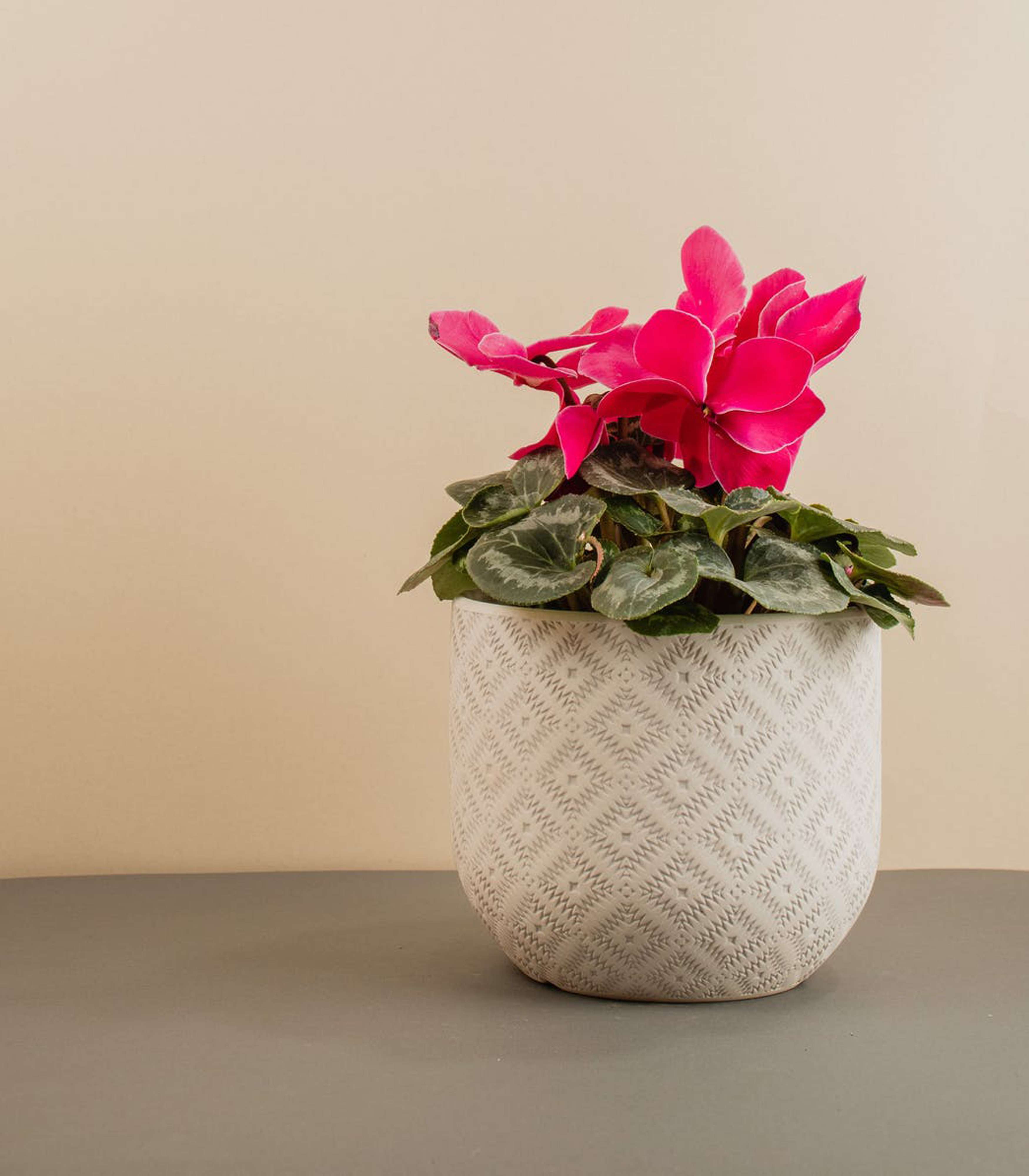











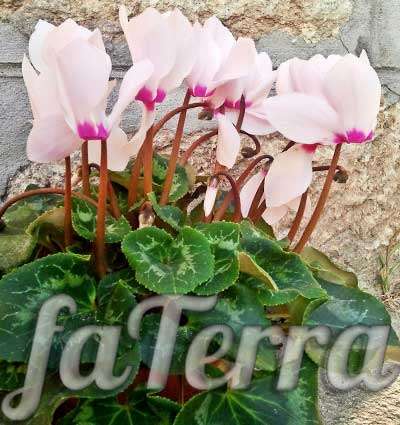

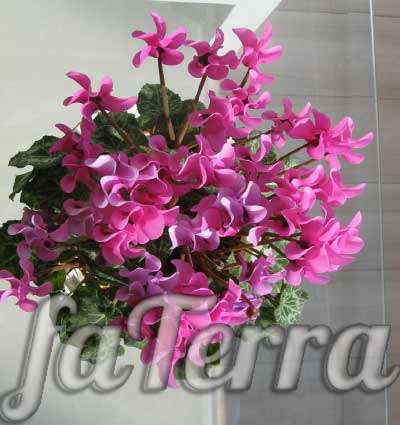
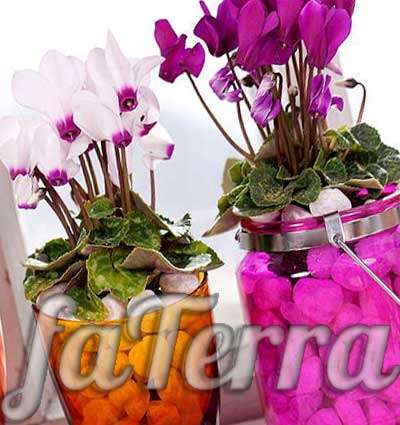
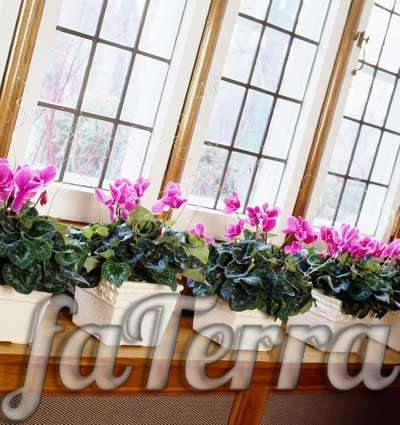
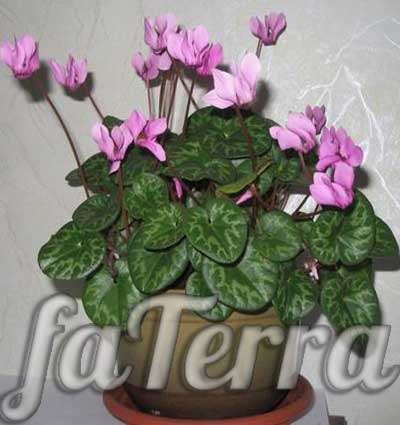
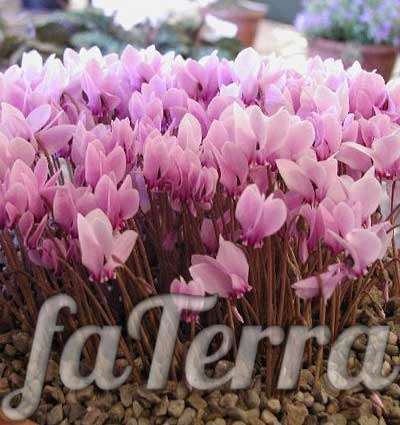
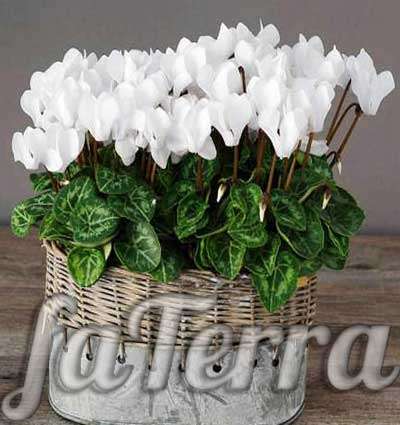
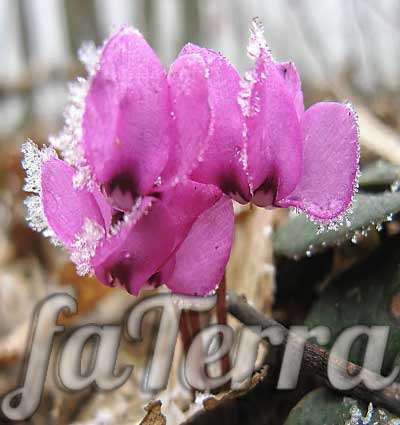

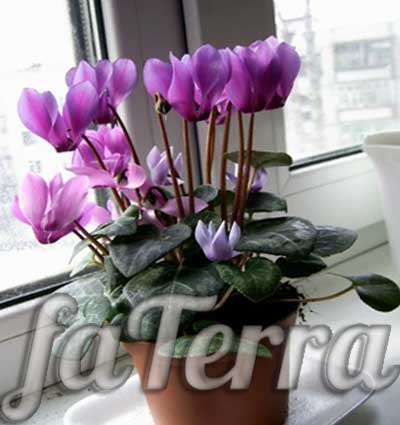
Write comments
Comments